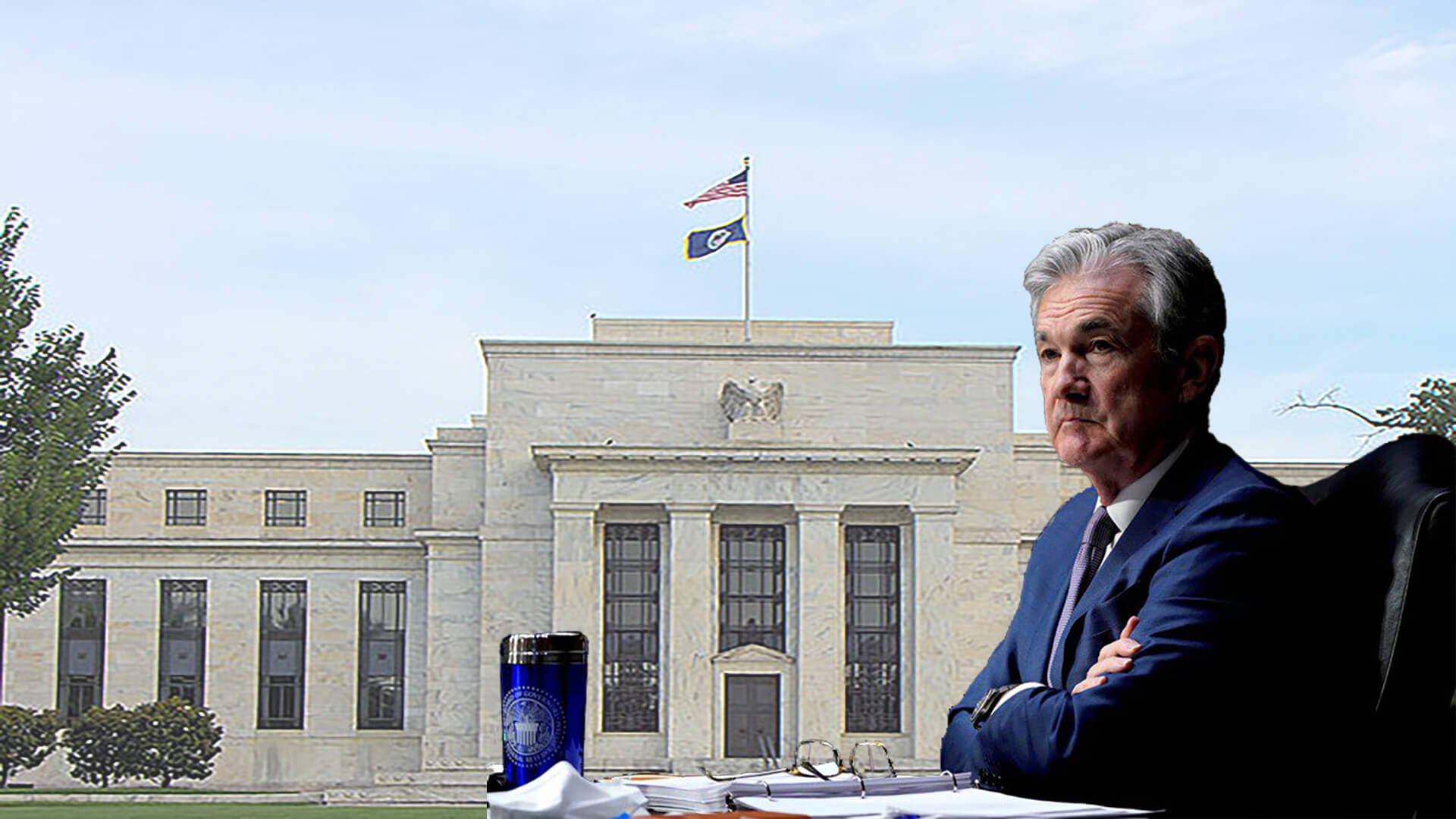|
| For a Better Tunghai |

by Charles Cheng, CFA
The US dollar rose versus other currencies, gold prices fell, and short-term US Treasury yields moved higher leading up to and following the closely watched two-day FOMC meeting ending June 16th. The market anticipated a more hawkish reaction from the US Central Bank to inflation pressures, which came in the form of committee’s expectations that there would be two rate increases in 2023 versus one or none previously. The headline US consumer price inflation number had surged to 5% in the May a 13-year high as the US and global economies recover from the COVID pandemic. With rising commodity prices and supply chain bottlenecks, the news media has been raising the specter of a possible return to 1970s style inflation. In contrast, longer term US Treasury bond yields like the ten and thirty-year bonds continued to drift lower than they were in April, showing that the bond markets remain unconcerned about runaway inflation. What would explain this discrepancy, or is there even one?
在 6 月 16 日結束的為期兩天的 FOMC 會議前後,美元兌其他貨幣上漲、黃金價格下跌、短期美國國債收益率走高。 市場預計美國中央銀行對通膨壓力的反應將更為強硬。 其表現形式是委員會預期 2023 年將加息兩次,而此前的做法都是加息一次或不加息。 隨著美國和全球經濟從新冠疫情中復甦,美國 5 月份總體消費者價格通膨數字飆升至 5%,創下 13 年新高。 隨著大宗商品價格上漲和供應鏈瓶頸,新聞媒體一直在擔心經濟可能回到 1970 年代式的通貨膨脹情形。 相比之下,10 年期和 30 年期美國長期國債收益率繼續低於 4 月的數值,表明債券市場對失控的通膨仍然沒有過多關注。 我們該如何理解這種差異,或者說這種差異確實存在嗎?
To answer this, it’s worth considering the following circumstances:
要回答這個問題,值得考慮以下情況:
1) Many of the supply shocks that are pushing up prices are temporary.
The Fed characterized inflation pressures as “largely reflecting transitory factors”. While a pickup in inflation is warranted, from rising commodity prices, wage pressures, and the general growth recovery from COVID, a large component is also reflected in major supply chain disruptions stemming from the abrupt restart of the economy and other factors.
1) 許多推高價格的供應衝擊是暫時的。
美聯儲將通膨壓力描述為“在很大程度上反映了過渡性的因素”。 儘管由於商品價格上漲、工資壓力以及疫情恢復帶來的總體增長,通膨回升是有道理的,但很大一部分原因還是來自在經濟突然重啟和其他因素導致的主要供應鏈仍持續中斷。
2)The Fed would prefer to be behind the curve on inflation rather than ahead of it.
Over the past decade, inflation has consistently remained below the Fed’s 2% target and well below the NY Fed’s consumer survey of inflation expectations of roughly 3%. Whether this is due to increased productivity from technology or globalization, the fact remains that with all their monetary tools, the Fed could not engineer its target rate of inflation. From the statements of Fed officials and their continued caution on the downside over the US economic recovery, it seems like they have learned from this in preferring to err on the side of inflation rather than deflation.
2) 美聯儲寧願落後於通膨曲線而不是領先於通膨曲線。
在過去十年中,通膨一直低於美聯儲 2% 的目標,並且遠低於紐約聯儲消費者調查的約3%的通膨預期。 無論這是否由於科技或是全球化帶來的生產力提高,但事實仍然是,儘管美聯儲使用了其所有貨幣工具但仍然無法達到其預期的目標通膨率。 從美聯儲官員的聲明以及他們對美國經濟復甦下行的持續謹慎態度來看,他們似乎從中吸取了教訓,即寧願在通貨膨脹方面而不是通貨緊縮方面犯錯。
3)There are real asset bubbles in many areas that will likely continue if the Fed continues to be accommodative.
While the frenzy in cryptocurrencies and highly speculative technology companies has somewhat subsided, commodity prices and housing prices have been surging. The Fed has been injecting liquidity into the system but rather than consuming goods and services, people have been preferring to save or purchase financial assets. As the FOMC does not factor asset price inflation into their decisions, the loose money will likely continue in the near term.
3)如果美聯儲繼續貨幣寬鬆政策,許多領域的實際資產泡沫可能會持續下去。
雖然對於加密貨幣和高度投機的科技公司的狂熱有所消退,但商品價格和房價一直在飆升。 美聯儲一直在向系統注入流動性,但人們更願意儲蓄或購買金融資產,而不是消費商品和服務。 由於 FOMC 並未將資產價格通膨納入其決策因素,因此短期內寬鬆貨幣可能會繼續存在。
When the Fed inevitably does begin a rate hiking cycle, whether to rein in inflation or to normalize rates following a sustained economic recovery from COVID, the question would be whether they can do so while avoiding significant fallout from bursting asset price bubbles, like what happened in 2007. The risk in that scenario would be in deflation rather than inflation. Perhaps then, the long bond markets would have been correct all along.
當經濟持續從新冠疫情中恢復時,美聯儲將不可避免地開始加息週期 — 無論是控制通貨膨脹還是使利率正常化,問題是,他們是否能同時避免引發資產價格泡沫破裂 — 就像在 2007 年發生的事情一樣。 在這種情況下的風險將會是通貨緊縮而不是通貨膨脹。 也許到那時,長期債券市場就會被證明是一直正確的。
編者按: 日本在90年代資產泡沫破裂後,產生了長達二十年的通縮 (黑暗的二十年),這也是美聯儲所擔心的 — 擔心資產價格泡沫破裂產生後遺症。
This article reflects the personal views of the author and not that of any firm, and should not be viewed as an investment recommendation.
● 讀後留言使用指南
近期迴響